Community Center
Introduction
Text-to-speech Audio
Welcome to the first New Deal planned community of Arthurdale, West Virginia! Started in 1933 under the direct personal guidance of First Lady Eleanor Roosevelt, Arthurdale was the first of 99 such towns that the federal government constructed throughout the Great Depression for economically distressed areas nationwide. Arthurdale was constructed specifically to provide economic relief to destitute coal miners and their families from Scotts Run, WV, a place that became the poster-child of poverty in the Great Depression due to its prominence in the national press. In total, 165 families were situated in houses in Arthurdale with 2-5 acres of farmland each, barns, tools, education, healthcare, and employment opportunities for all. This was a massive and expensive project, but ultimately left these families with more resources and opportunities than they had before. Arthurdale Heritage currently operates a five-building museum on the site. Come step back in time and get a sense of the New Deal, the Great Depression, subsistence farming, and family life in 1930s rural West Virginia.
Please note that many places included on this tour are private residences. We ask that visitors be respectful of the homes as you drive by them.
Images
Center Hall under construction
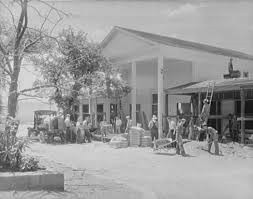
Arthurdale Cooperative Store
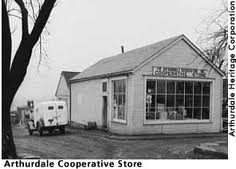
The Arthurdale administrative building is one of many sites visitors can tour when they visit this New Deal era planned community
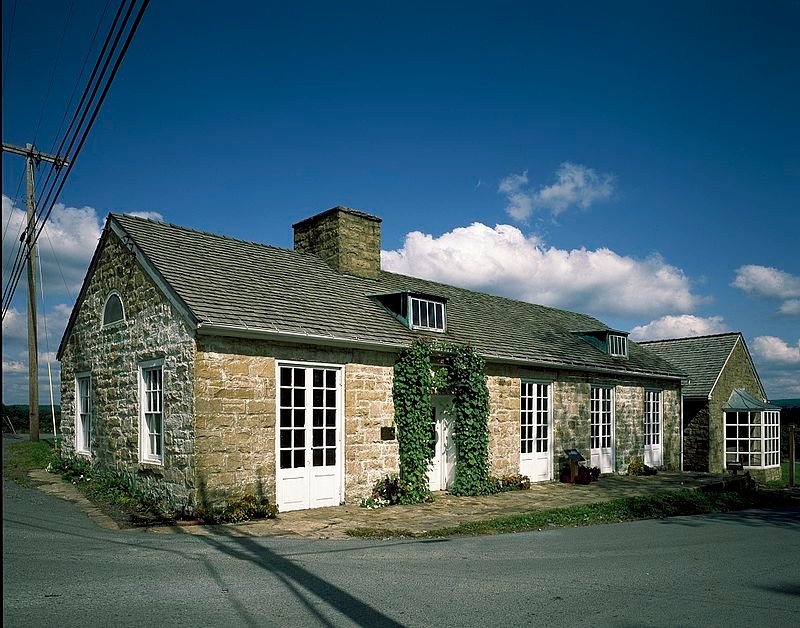
E-15 the historic Wagner style museum house, originally owned by the Heinz family
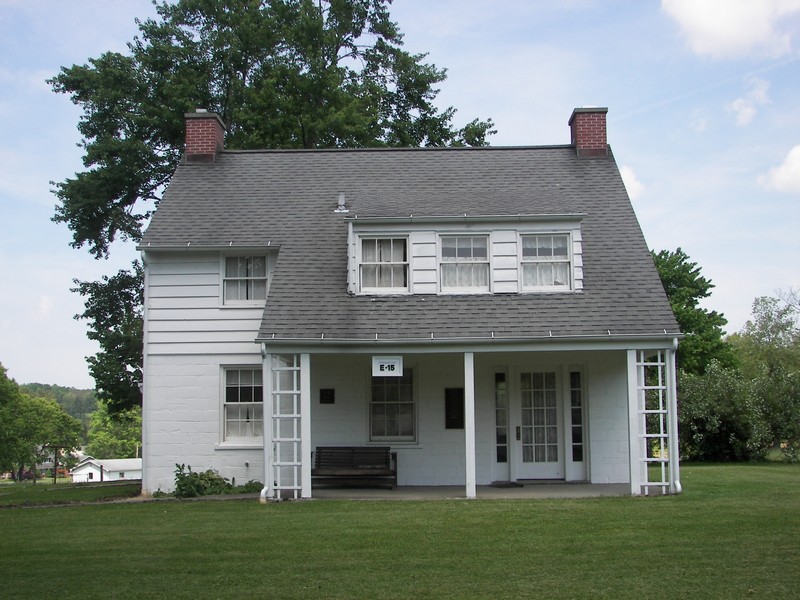
Historical Marker from the State of West Virginia
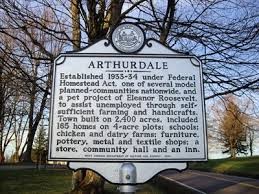
The historic Arthurdale Forge can be explored on tours and Blacksmiths still teach classes here!
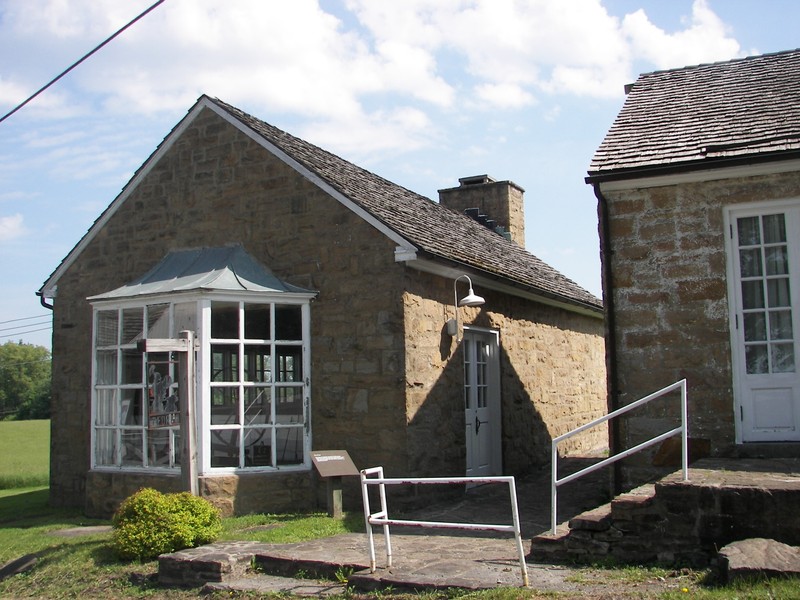
25 of the first original homesteaders in winter of 1933
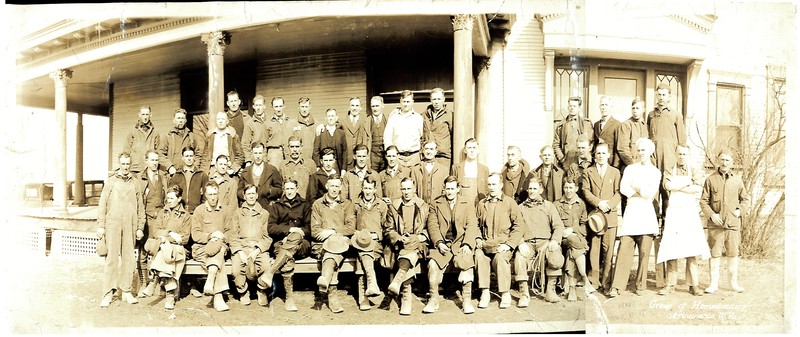
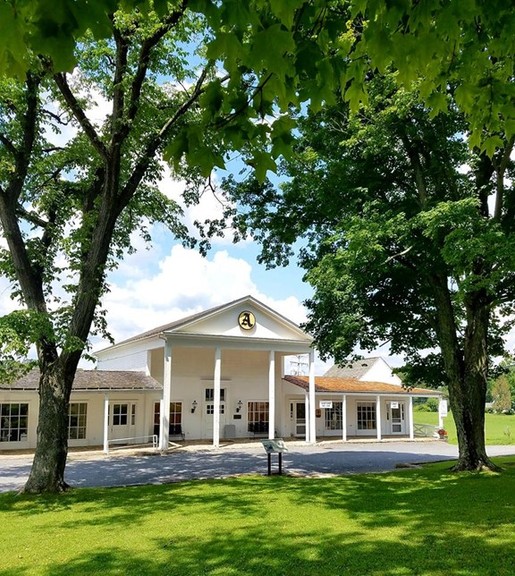
Center Hall Craft Shop
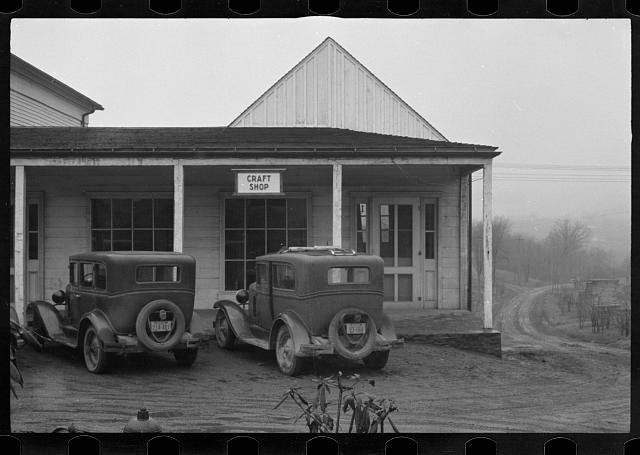
Center Hall Complex
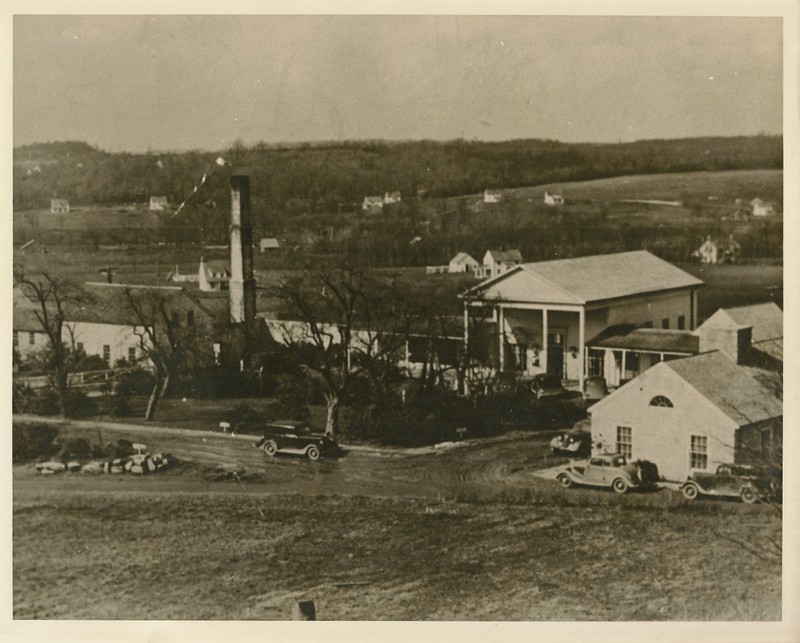
Center Hall Being Built
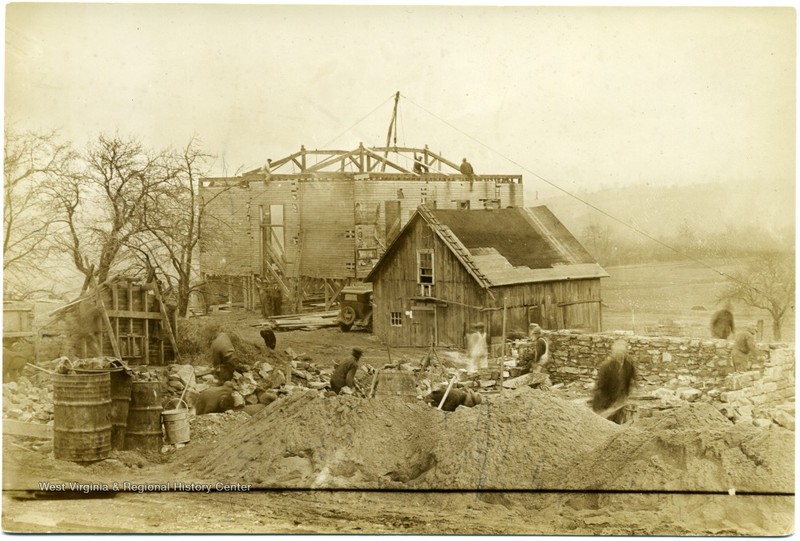
Barber Shop in Center Hall
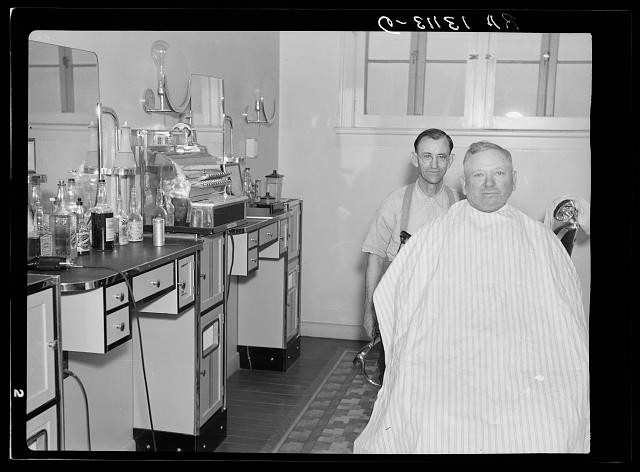
Backstory and Context
Text-to-speech Audio
Prior to the construction of Arthurdale, the land upon which it was built had connections to a number of prominent figures from local, state, and national history, most notably its prior owners John Fairfax, William Brown, and Richard Arthurdale. After Arthurdale defaulted on the land during the Great Depression he sold it to the federal government, which began plans to locate the first of its eventually 99 communities for American citizens in economically depressed areas around the country. First Lady Eleanor Roosevelt took a particular interest in Arthurdale because she had previously visited the region, and went on to take an active role in the town's operation. In 1947, however, the government chose to sell Arthurdale's lots to private owners, and its buildings began to fall into disrepair. At the community's 50th anniversary celebrations, local residents formed Arthurdale Heritage Incorporated to preserve the structures at the site and the stories of those who lived in them. Arthurdale Heritage currently operates a museum and gift shop there, known as the Arthurdale Heritage Center, and also hosts a New Deal Festival celebrating the town's history every year.
Athurdale's first European owner, Colonel John Scott Fairfax began building his new home there in 1817 after living in Preston County for over two decades. During that time, Fairfax had become one of the area's most prominent citizens, serving as a justice of the peace, militia colonel, and member of the House of Delegates. Fairfax Manor, which was the stone house Fairfax's slaves built for him in modern-day Arthurdale, passed to the colonel's daughter after his death in 1843, who in turn lived there until her death in 1882.
After that, local attorney and agricultural enthusiast William G. Brown purchased the land. Brown went on to run for Congress in 1896 on the Populist Party ticket, but ultimately would not successfully win an election for the position until switching to the Democratic Party for the 1910 midterms. He then served as the area's Congressional representative in the 62nd, 63rd, and 64th Congresses, holding the office until his death in 1916. Shortly after Brown's victory in 1910 he made the decision to sell his farmland in Preston County to regional hotelier Richard M. Arthur, who continued to add to his holdings in the area throughout his occupancy of the site. Arthur, who is perhaps best known for operating the popular Hotel Arthur at the corner of 27th and Carson Streets in Pittsburgh from 1890 to 1893, constructed a 23-room mansion on his land shortly after purchasing it and added a large stock farm soon thereafter. The former hotel proprietor continued to live at the site until going into default on the land during the Great Depression and selling the land to the federal government.
Shortly thereafter, the government began construction of the first of 99 planned communities nationwide that were part of a New Deal era initiative to provide jobs and adequate housing to the areas most impacted by the Depression. First Lady Eleanor Roosevelt had visited coal camps outside of nearby Morgantown, and seen firsthand the economic downturn's impact on those living in the area. Seizing the opportunity offered by the recent passage of the Homestead Subsistence Act in 1930, Eleanor suggested building the first community near the area she had visited to help families like those she had seen. Construction on the planned community at Arthurdale began in late 1933. The First Lady continued to be deeply involved in all aspects of the project and life in the community, from helping to design the homes to paying for the teachers. She visited the site many times over the course of its existence, even passing out diplomas at the town's high school graduations for the first 10 years. In 1938, she also convinced President Franklin D. Roosevelt to give the commencement speech, making Arthurdale the site of the only speech delivered by a sitting U.S. president to a graduating high school class.
Although Arthurdale seemed like a good plan on paper, it experienced a number of problems in execution, primarily as a result of its location and the political and financial changes of the era. The most impactful of these changes came as the Great Depression drew to a close and the Second World War brought factory jobs back to the region causing the need for such communities to decrease dramatically. As a result, the federal government eventually abandoned the project as it was no longer considered necessary. Because of the major improvements she witnessed in residents' lives Eleanor viewed Arthurdale largely as a success, as did the homesteaders who received employment and housing through the project.
By 1984 the central buildings had fallen into disrepair and local people formed nonprofit Arthurdale Heritage Inc. (AHI) to save them and their homestead family stories. For years they fund-raised to buy one building, rehabilitate it (mainly by themselves), then start on another. Today AHI’s museum gives personal, story-filled tours through 5 buildings plus continues to save oral histories and expand its collection of artifacts. It also has a volunteer run Craft Shop. Every July they hold the New Deal Festival plus many other smaller events through the year. With 160 of the 165 houses standing today, Arthurdale takes you on a trip through time in "Eleanor's Little Village."
Sources
Arthurdale Heritage, Preserving Arthurdale, WV – Eleanor Roosevelt's New Deal Community. Arthurdale Heritage Inc.. Accessed March 20, 2017. http://www.arthurdaleheritage.org/.
Flynn, Kathryn & Richard Polese. The New Deal: A 75th Anniversary Celebration. Gibbs Smith, 2008. Pgs. 118-120.
Haid, Stephen Edward. "Arthurdale: An Experiment in Community Planning, 1933-1947." Master's thesis, West Virginia University, 1975.
Hoffman, Nancy. Eleanor Roosevelt and the Arthurdale Experiment. Linnet Books, 2001.
Maloney, C. J. Back to the Land: Arthurdale, FDRs New Deal, and the Costs of Economic Planning. John Wiley & Sons, 2013.
Patterson, Stuart. “A New Pattern of Life: The Public Past and Present of Two New Deal Communities.” Doctoral Thesis, Emory University, 2006.
Penix, Amanda Griffith. Images of America: Arthurdale. Arcadia Publishing, 2007.
Ward, Bryan. A New Deal for America. Arthurdale Heritage Inc., 1995
